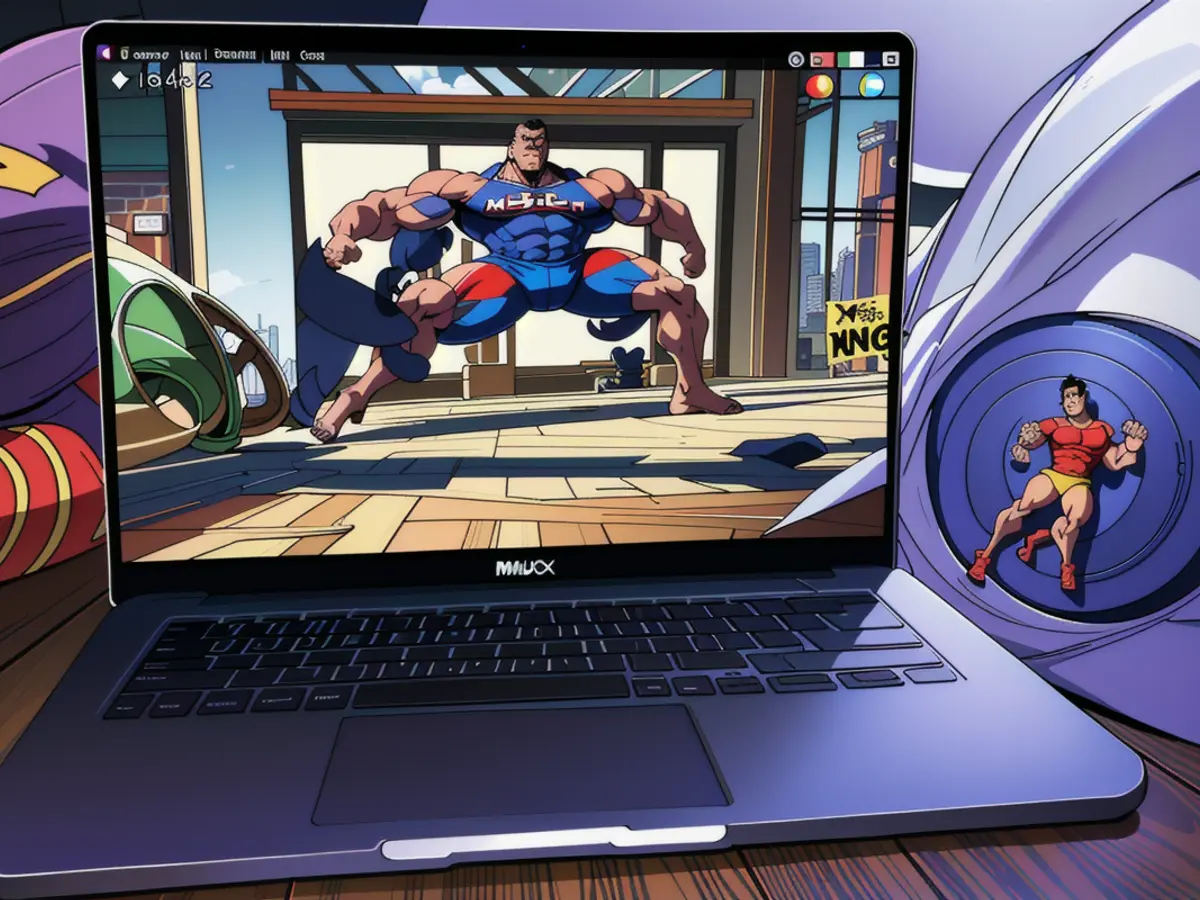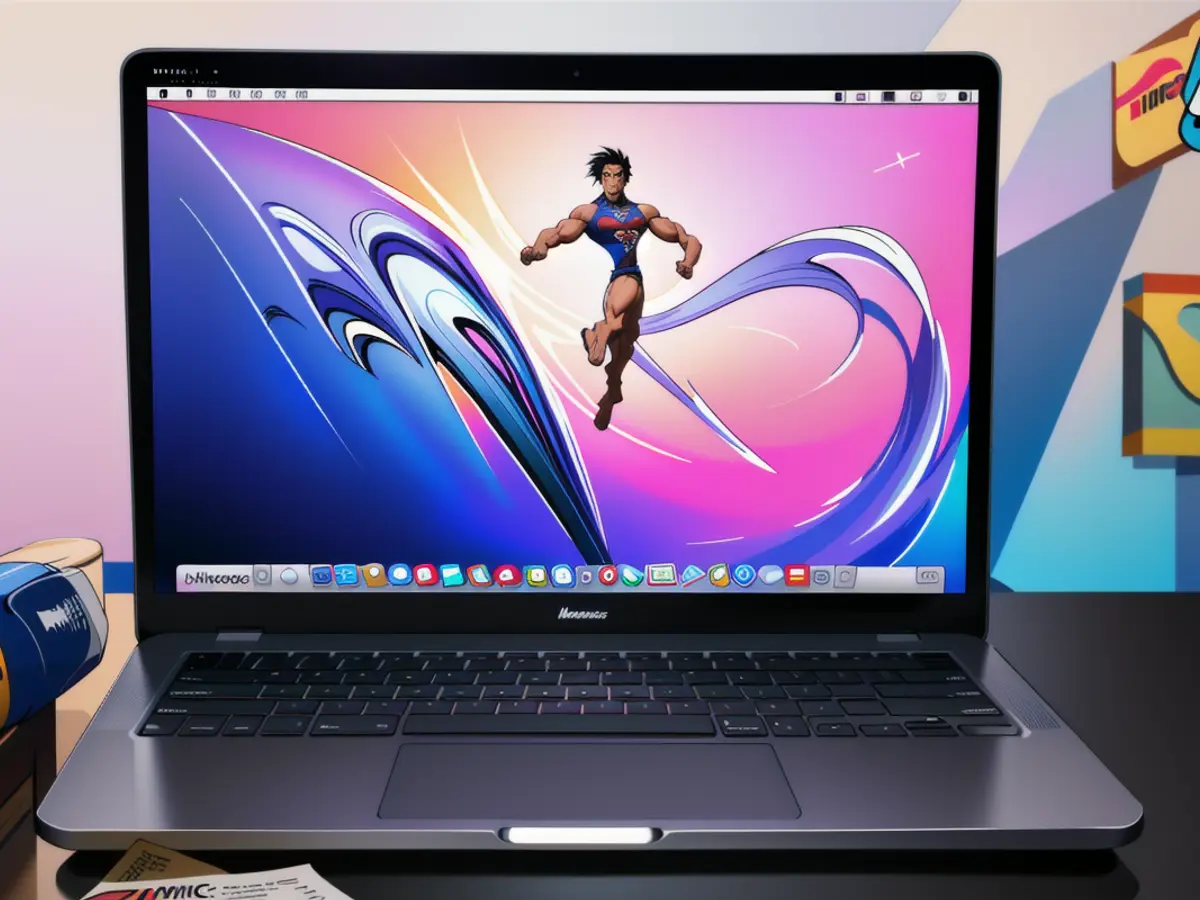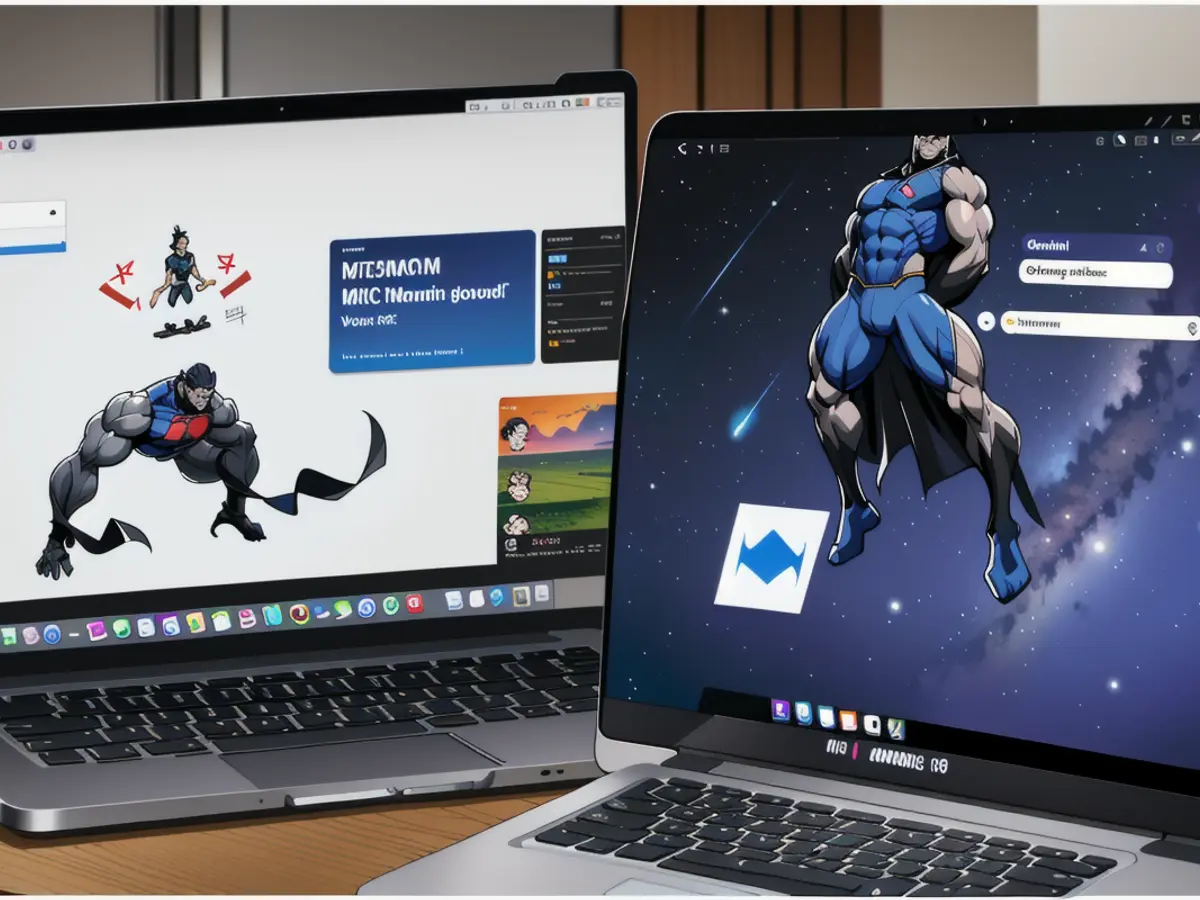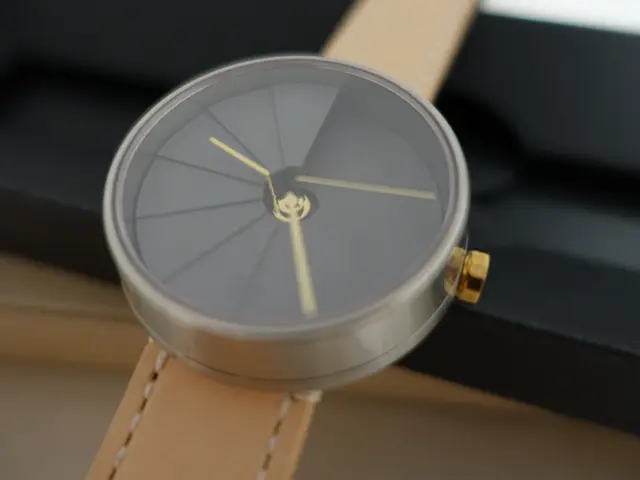potential release of MacBook and iPad models featuring OLED displays, anticipated for 2024
If you're keeping an eye on tech trends, you've probably heard that OLED is the future of displays. And with 2022 shaping up to be the year OLED takes center stage, it's no surprise that major players like Lenovo and HP are jumping on the bandwagon. Their latest offerings, like the Yoga 9i and Spectre x360 16, boast stunning OLED panels. But what about Apple? Their new MacBook Air and MacBook Pro 13 are still relying on standard IPS panels, with miniLED displays on the higher-end models.
However, it seems Apple is planning a shift. According to industry analyst and Display Supply Chain Consultants CEO Ross Young, we might see Apple-branded devices with OLED displays as early as 2024. The report, shared with Super Followers on Twitter, suggests that the first OLED MacBook could be a MacBook Air, but it could also become a MacBook, MacBook Pro, or even a new series. Young also mentioned that Apple might introduce OLED to new 11-inch and 12.9-inch iPad Pro models in the same year.
Young's tweet also mentions that these OLED devices will likely use a "tandem stack" structure. This setup increases brightness, improves longevity, and reduces power consumption by 30%. These OLED displays will also support LTPO technology, allowing them to adjust their refresh rate based on content. This isn't new to Apple's high-end devices, but their current implementation only drops to 24Hz.
OLED isn't new to Apple. The iPhone X, released in 2017, was Apple's first OLED device, and now, the entire iPhone lineup uses this technology. MiniLED, however, has been the go-to display tech for MacBooks. While miniLED delivers excellent brightness and reliability, especially for HDR content, it falls short when compared to OLED in terms of contrast, black levels, and power efficiency.
The main concern surrounding OLED in the laptop industry has been burn-in. This is when a static image is permanently etched onto the screen. The early days of OLED saw severe burn-in cases, but recent panels have shown improvement. Companies like Asus combat burn-in with dynamic backgrounds and other tricks, while others rely on their suppliers for a solution. Apple's support page notably calls burn-in "expected", which could raise some eyebrows. LG, a leading OLED supplier for TVs, doesn't consider burn-in a defect and doesn't cover it under warranty, according to CNET.
In the long run, Apple might switch to micro-LED technology, which is expected to surpass OLED and mini-LED. Comprised of microscopic LEDs and inorganic materials, micro-LED panels promise brighter images, better color quality, and no risk of burn-in. Apple has been rumored to be using micro-LED for its mixed reality headset since its 2014 acquisition of micro-LED producer LuxVue. However, the high cost of micro-LED technology means it might not be viable for some time.
In that case, Apple might opt for OLED to bridge the gap between LED and micro-LED technologies. So, Apple users, it looks like OLED might be in your future sooner than you think.
The tech industry anticipates OLED to become the norm in 2022, with major players like Lenovo and HP already incorporating OLED panels into their latest offerings. According to analyst Ross Young, Apple might introduce OLED displays in their devices as early as 2024, potentially starting with the MacBook Air. The first OLED MacBook could also be a MacBook Pro or a new series, or even an iPad Pro, with the 11-inch and 12.9-inch models also expected to get the upgrade.








